If you are new to the world of exercise or even to body-weight exercises in general – you probably have not heard of the term “lateral squat.” So what is it, and how is it a helpful exercise? How can you incorporate it into your next workout? The purpose of this article is to show you the basic principles of the exercise and how it can benefit you.
What is lateral squat?
The lateral squat is an exercise that works out the quadriceps, hamstrings, and hip flexors of the legs. If done correctly, it will build on these muscles and get them as close to their potential as possible. It uses the same muscles that perform the squat but makes them work in a slightly different way. As the weight is lifted off the floor, the knees stay bent for a split second as the weight is let off, allowing the weight to hit the ground directly under the feet for the same time as in the regular squat.
It is a compound exercise, which means that it requires a lot of the same muscles that are used in the squat. However, in the lateral squat, the legs’ angle does not change from the regular squat, thus only intensifying the effectiveness of the exercise. This exercise will help you build strength in your lower body’s muscle groups while also increasing your functional ability to stand up.
What is even better is that it can be used as part of your overall fitness program and will not strain your legs at all. To complete the exercise, you need to squat down on a bar with both your hands (if you use one) or on a machine.
What is also good about the leg curls is that they do not strain the quads. They are also very easy to do and can be performed at home. What is even better is that they can be done along with other exercises such as squats and deadlifts and your primary exercises for building up the upper body. By combining the leg curls with other workouts, such as squats, your functional ability for standing up will increase significantly.
How to do the lateral squat?
To start you off, stand up straight with your feet wider than your knees. (Your back must remain as straight as possible throughout the movement)
You will then position yourself with your knees and toes pointing forward. (Somewhat turning your feet out to 11 o’clock and 1 o’clock is alright too if it feels much comfier)
From here, you will want to shift your legs into your right heels, push back your hips, and then bend that knee while leaving your left leg straight. Attempt to get your leg parallel to the ground. You can bring your arms in front of you as a counter equilibrium or squeeze them at your chest.
Then, drive through your right foot to reverse the motion. Sit in the top to squeeze your glutes and extend the front of your hips forward.
That is one rep of lateral squat.
Repeat on Another hand.
It is also important to keep in mind that you should not allow your knees to bend at any point during the movement. If you allow this to happen, your balance could be affected. Keep in mind that the exercise will not work if you do not use the proper form.
Benefits of lateral squat
1. Build your leg muscles
One of the main benefits of doing lateral squats is that they can help you to build up your leg muscles. It is difficult to work out your leg muscles because it is much heavier than your chest or back. You may have heard that it is hard to put weight on your back, but it is pretty easy to do so when you perform squats. This exercise works because your knees bend at an angle which is much more difficult for your muscles to react to. Your legs are working to support your body, and you will find that they will grow much stronger as a result.
2. Build your endurance
Another benefit of this exercise is that it can help you build your endurance. As mentioned above, your knees are the ones that are helping to support your body, so you will find that as long as you can maintain the position of your knees while you are performing squats, then you will be able to do them for more extended periods. You will need to practice this, though, as you do not want to end up having to use these muscles too often because they will become quite tired.
3. Develop your core region
Yet another one of the main benefits of lateral squat is that it can help you develop your core region. As you are sitting down in a squat position, your lower back will be forced into a position that is not comfortable. The muscles in your abdomen will be flexed, and as a result, you will be able to feel some relief in your lower back. If you can keep this in mind and practice this exercise regularly, you will find that you can strengthen your core region even more.
4. You can lift more weight
Another benefits of lateral squats is that you will find that you can lift more weight than you would if you were to perform an upright row. In the traditional style of bench press, you would have to manually control the angle of the bench as you were lifting the weight. This means that you would not be lifting heavy weights at all, and as a result, it can be very tiring for your arms. However, when you perform a regular squat, there is not much effort involved, and your legs are simply gliding across the floor. This means that you will not be putting as much stress on your arms, which can make them stronger overall.
5. Get a better workout
One of the last benefits of lateral squats is that you will get a better workout from the workout itself. As mentioned, these squats are performed at an angle, and as a result, you will be able to target various muscles at once. You will be able to hit your quads more so than you would if you were to do a flat squat. Your quad muscles will also be working harder when you perform these squats, resulting in a faster recovery time. Another benefit of lateral squats is that they can be done in a wide variety of heights that can challenge your fitness level.
As you can see, there are many different benefits of lateral squats. They can be performed as part of your normal routine. You could opt to incorporate them into your training whenever you have some extra time. They can also be incorporated into your weightlifting routine if you are looking to add another exercise to your routine.
You may even want to start adding this exercise to your running program and see how you like it. Either way, there are many benefits of lateral squats that make them a must-have for your workout routine.
Variations of lateral squat
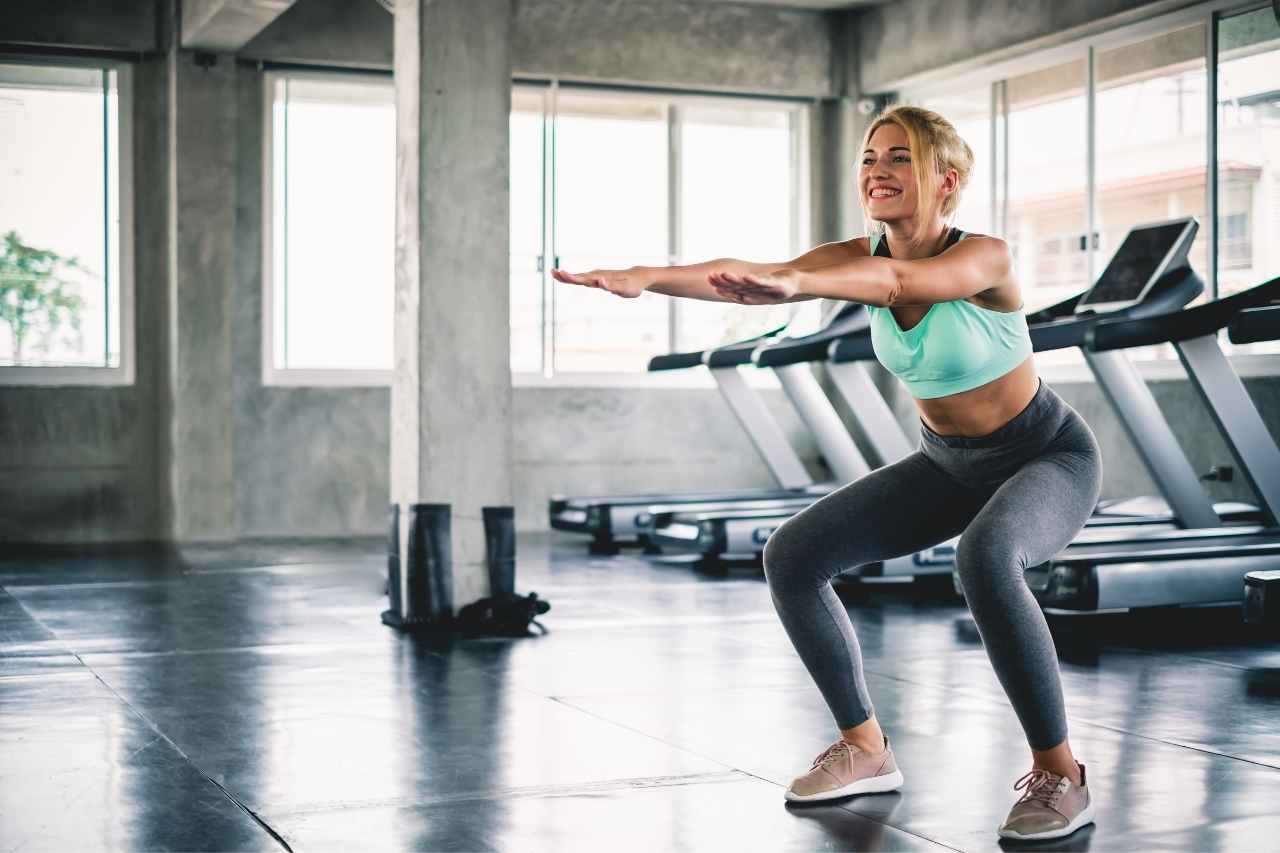
1. Front squat
Lateral or front squatting has been around much longer than any other squats variations. In fact, it’s the oldest of the exercises and still one of the most popular. In a Front Squat, you stand with your legs together as if you’re doing a regular squat. As you get up from your own position, you bring your butt up to meet the front of your feet, making a similar angle to that of the back squat.
The key to this exercise is staying in an upright but very narrow stance. The legs should be kept parallel to the ground, not bent at the knee. Your toes should be pointed outwards while keeping the back straight. Hold this position for as long as you can, trying as hard as you can to hold it. Try to vary this squat by varying your width as you advance. Be careful, though, not to let your knees go too far backward!
2. Single-leg squat
The second of the three variations of lateral squat is the Single-leg squat. Unlike the one above, this one doesn’t require the same foot width as the previous variation. Instead, the focus is on leg extension, which is what makes up leg strength. To perform a Single-leg squat, simply move the balls of your feet towards the center of your toes, making a straight line between the center of the feet and the tip of your toes. You’ll notice that your hips will also begin to expand as your leg extension raises.
This squat starts by leaning into the leg that’s going to be lifted so that the tip of the heel is almost facing away from your body. Once you’ve raised the leg, you’re going to rotate your knee and step up externally. This will put greater stress on the quadriceps and hamstrings, as well as your lower back. The key is to stay balanced even as you raise the weight and externally rotate your leg. You’ll want to stay close to gravity, but not enough to compromise your balance.
3. Inclined leg squat
The third variation of lateral squat is called the inclined leg squat. As the name suggests, you’ll be inclined (or raised) by the leg that’s going to be lifted. As in the single-leg squat, you’ll want to externally rotate the leg and keep your knees close to your body. What makes this particular squat more difficult is that you have less leg extension when performing this squat since your legs are now closer to the floor.
Make sure to keep your back straight and try not to arch your back; this will make it easier for you to lift the weight. When in doubt, keep your legs close together and use a spotter if you feel you can’t do the squat properly.
Lateral squats are great for building leg strength and conditioning. They’re also excellent for building up a stronger core. To get optimal results, do them several times a week. Make sure to pay close attention to form. Don’t perform more than three sets of any variation of this exercise – four sets are too much, and you’ll be overtraining your legs.
How to incorporate lateral squat into your workout?
There is one important factor that you need to take into account. The number of repetitions and sets you do in this exercise will depend on your goal. If you’re just looking to tone your body and gain lean muscle mass, then you’ll do fewer reps and sets. But if you want to improve your running performance or build strength and size, then you’ll do more repetitions.
Lateral squat is especially good for building a large muscle group at the side of your hips that will help support your lower back and provide additional stability for your lower body. Learning how to make them part of your exercise routine not only helps you gain strength in your legs but also makes them easier to do. They are much easier to perform than what people assume.
While it may seem like lateral squats are difficult to do, you will quickly find out that this is not true. Once you get a good grasp of making them part of your workout routine, they are easy to do. In fact, you can easily make them a part of your exercise regimen by combining them with leg lifts. Leg lifts are another way to increase your overall workout routine. When done with the correct form, this type of exercise is the best combination of exercises you can do to increase your full range of motion, make your muscles stronger, and build more muscle on your legs and lower body at the same time.
As you can see, there are several things that you need to consider when you want to know how to make lateral squats part of your workout. When you have everything sorted out, then you can start with your exercise. It’s also important to remember that if you really want to know how to make them part of your exercise, you have to make sure that you don’t strain yourself. You also need to breathe properly and remember that good form is very important.
Mistakes you should avoid doing the lateral squat
1. Do not execute in an extended manner
One of the mistakes that most people make when it comes to lateral squats is that they do not execute the exercise in an extended manner. If you want to tone up your legs, abdominal area, and back, you need to do the exercise more intensely. Many exercises can help you develop those muscle groups, but the lateral squats is one of the best ones because it can tone up your entire body. It can also work on your lower back because this exercise enables you to do a full range of motion.
2. Do not perform the exercise in the correct form
Another mistake that most guys commit is that they do not perform the exercise in the correct form. To get the maximum benefit from the exercise, you need to have a good posture when performing it. You must keep your shoulders back, your head up, and your torso relatively straight. If you hold your knees in your chest, it will not help you perform the exercise properly. So try performing the exercise in this manner, and you will see that it can really improve the way your body looks.
3. Do the lateral squat using too much force
Another mistake that most guys make is that they do the exercise using too much force. When you are doing the exercise, you will be using your legs, which are considered to be your primary muscles. It is therefore important that you control them well, and you should naturally use them. Try to concentrate on the exercise without straining yourself. If you feel that you will strain yourself, you should take a break instead of exercising.
4. Do not warm up before the exercise
The last mistake that you should avoid doing the lateral squats is that you do not warm up before the exercise. Most guys tend to rush into the workout without preparing themselves. If you want to perform the exercise well, you should spend some time warming up first. It would be better if you could spend some minutes warming up your muscles.
These are some of the mistakes that you should not commit when doing the exercise. You should remember that these are just small mistakes. They are nothing major, and you can easily correct them. You should just remember that you should not hurry into things. These mistakes can easily be corrected.
There are many other minor mistakes that you should avoid as well. The one that we are talking about is the arching of the back. This is something that most guys do unconsciously, which causes them a lot of problems. To do the exercise right, you should be sitting with your back straight.
Also Read:
Side Squats: An Advanced Exercise Guide [2021 Edition]
A Beginners Guide To Pop Squats
Hindu Squats: The Complete Guide [2021 Edition]
Conclusion
You must start slow if you are going to make this exercise part of your workout routine. Don’t push yourself too hard. Even when you are struggling, don’t get discouraged. Instead, keep working at lateral squat and take it easy for a few days. You will get better at doing this exercise as time goes by.
Keep Reading The Treasure Tales



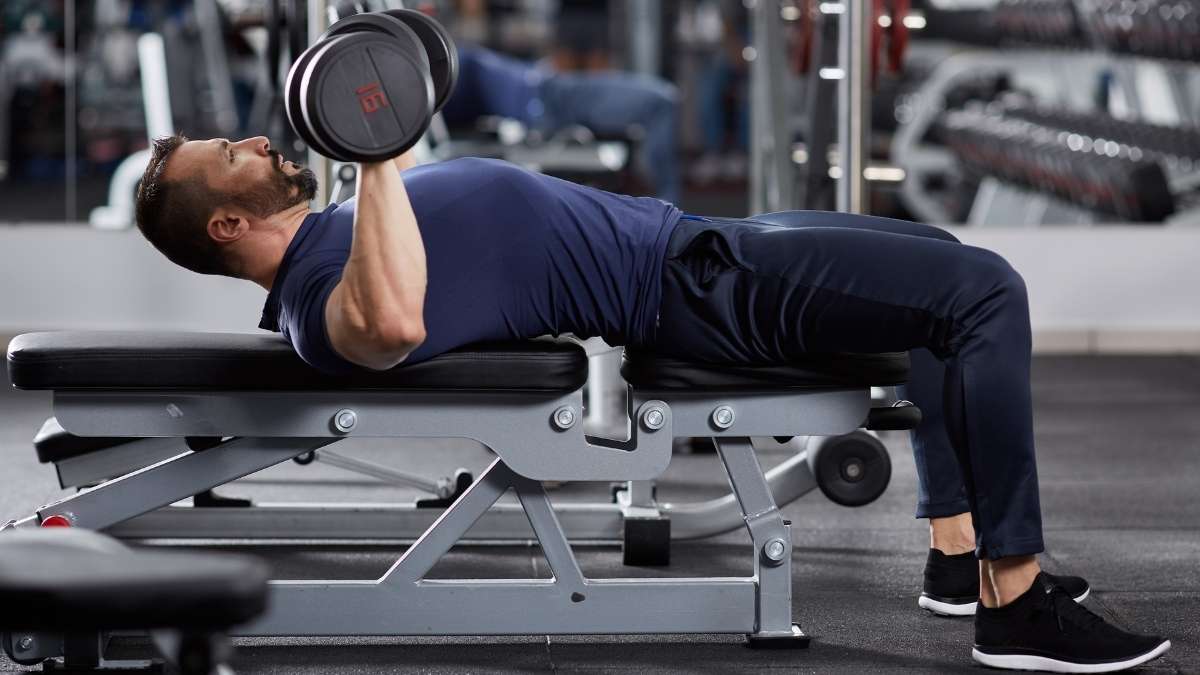
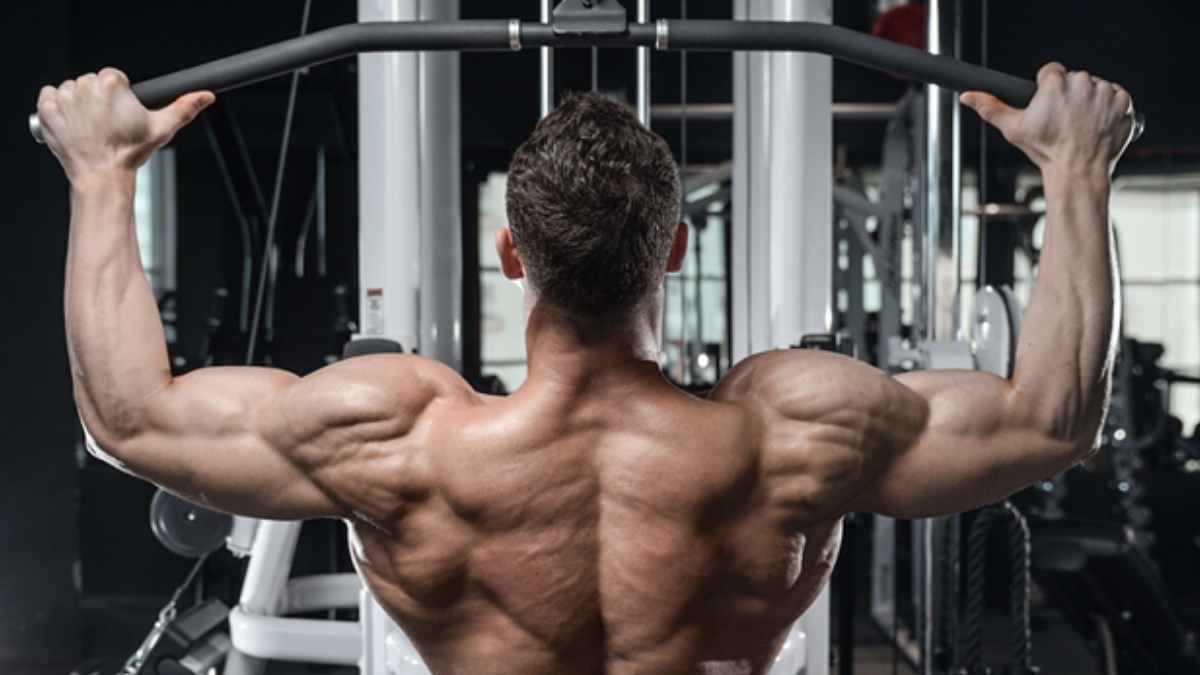

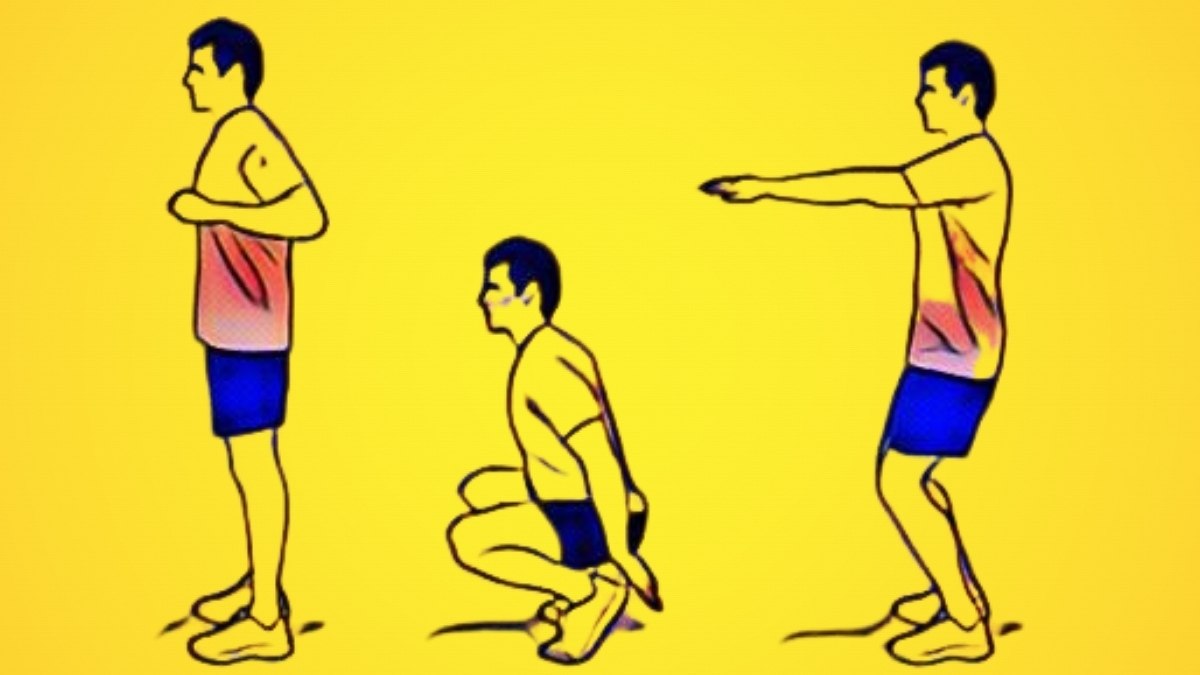
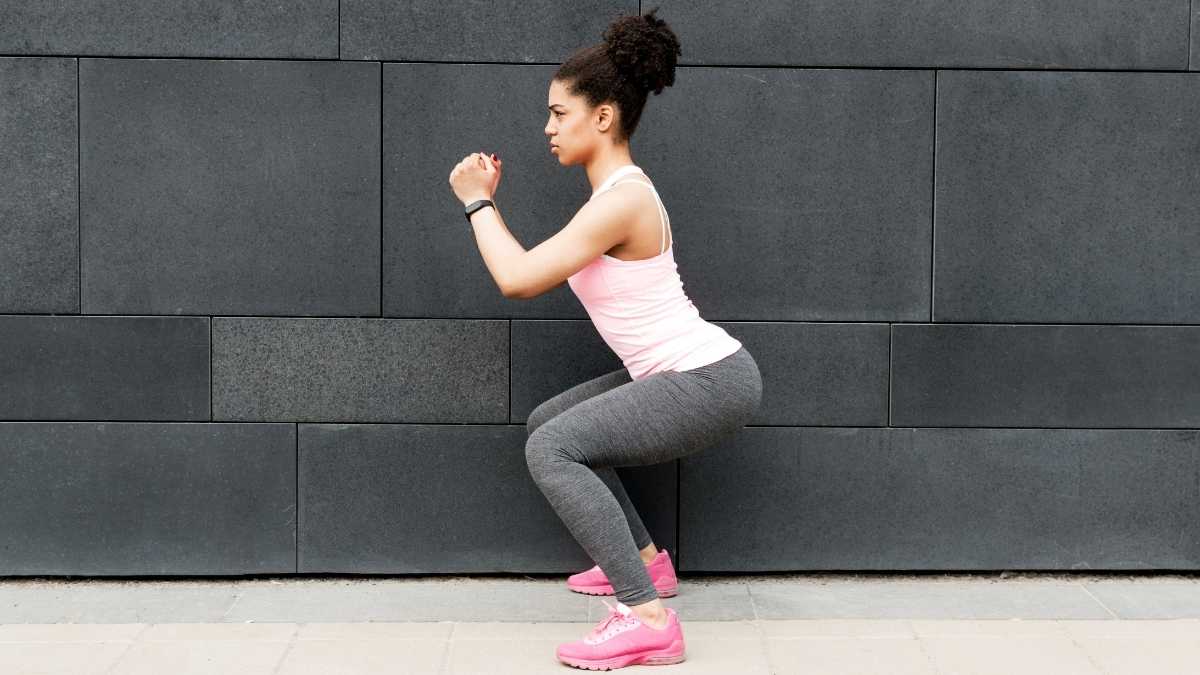
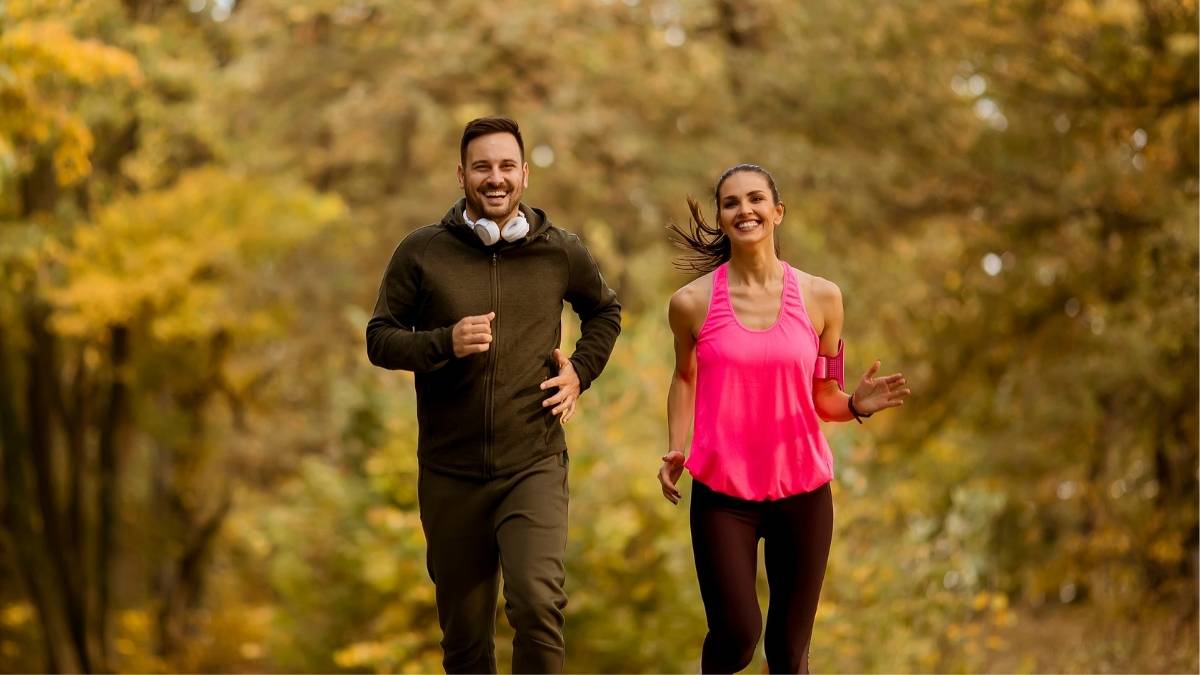


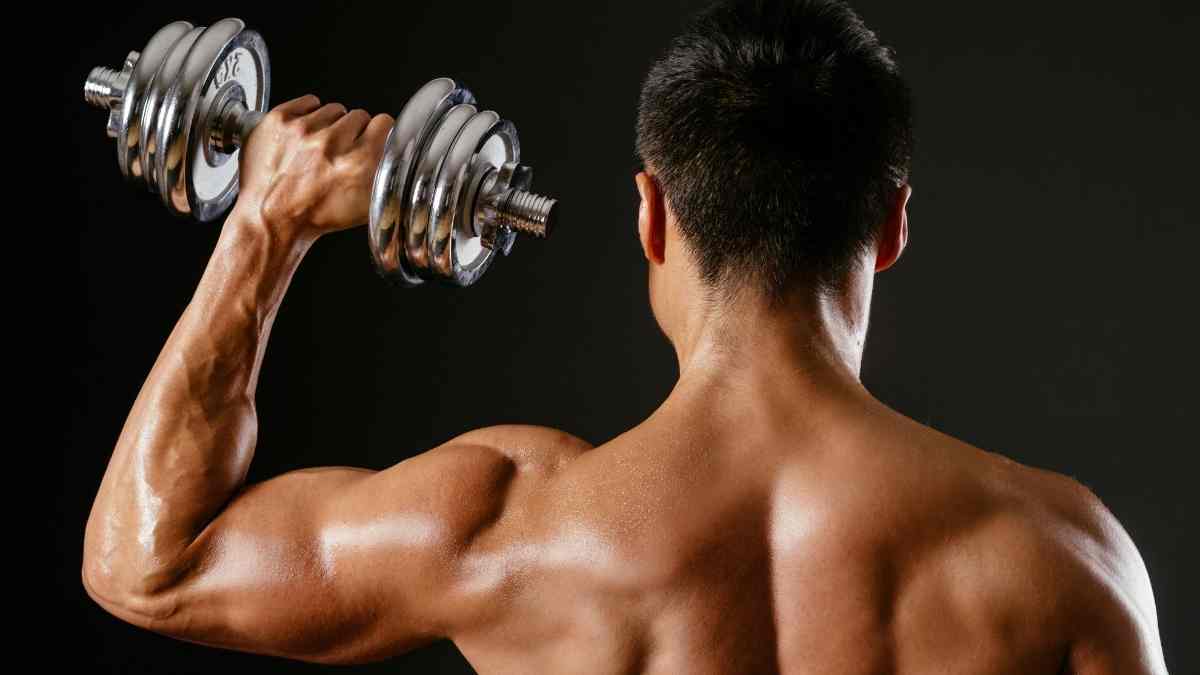
Leave a Reply